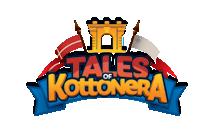


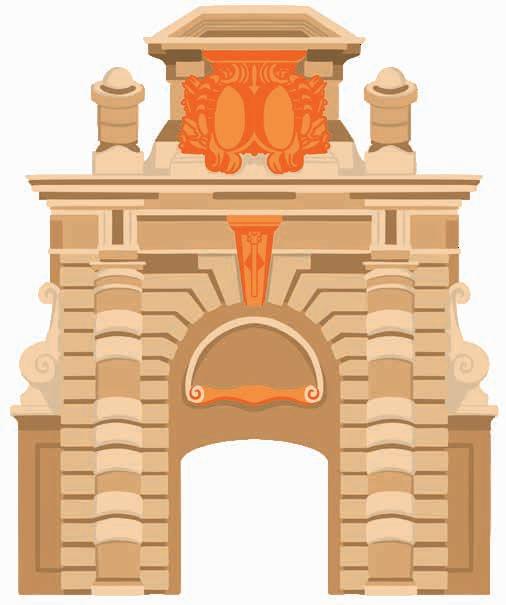
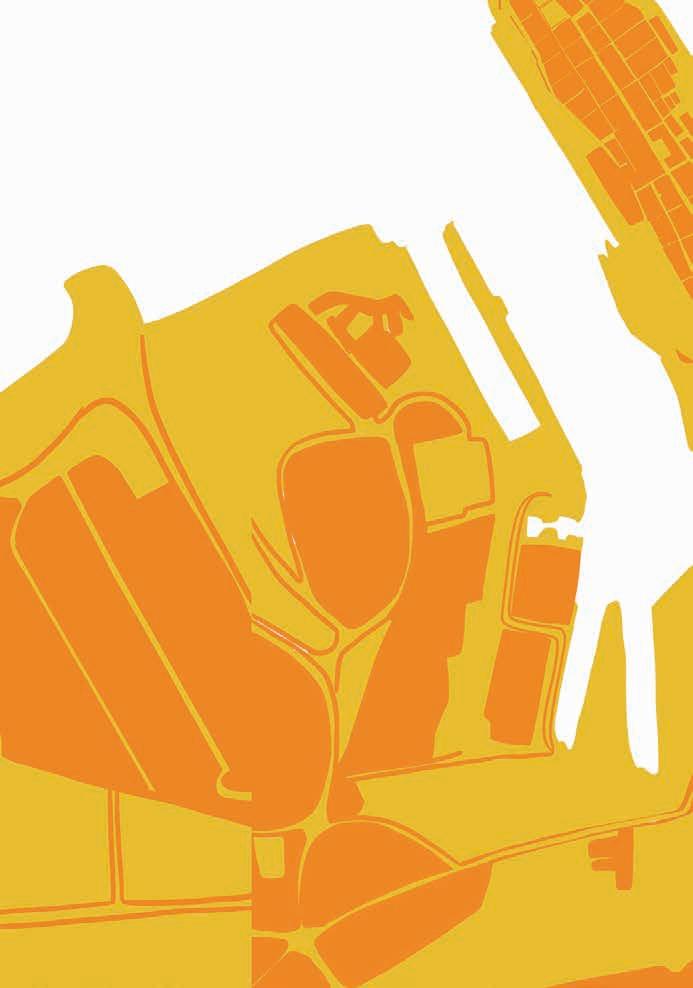






Walk into Bormla’s fascinating past with this immersive heritage trail. Follow the Tales of Kottonera characters through 21 exciting stops –up narrow streets, past windmills, monasteries, and a golden Madonna. Uncover clues, solve fun challenges and scan QR codes to encounter charismatic leaders. Encircled by the Santa Margherita Lines, this ancient Phoenician port and home to Malta’s first drydock was blitzed but not beaten in two epic sieges.
Ready to explore Bormla’s legends? Let the adventure begin!
DURATION: ~2 HOURS
STARTING POINT: NEAR SANTA LIENA TUNNEL ENDING POINT: PAOLINO VASSALLO SQUARE
CONCEPT & COORDINATION
Godwin Vella
EDITING
Fiona Vella
AUTHORSHIP
George Agius & Warren Bugeja
DESIGN & LAYOUT
Cherise Micallef
TECHNICAL SUPPORT
Kimberly Azzopardi, Kevin Farrugia & Chilion Mangion
ISBN 978-9918-627-19-6
PRODUCTION
Heritage Malta Publishing
PRINTING
Bonnici Press Ltd
PRODUCED BY HERITAGE MALTA PUBLISHING
© 2025 Heritage Malta. All rights reserved in all countries. No part of this book may be reproduced or utilised in any form or by any means without the prior written permission of the publisher and respective authors.
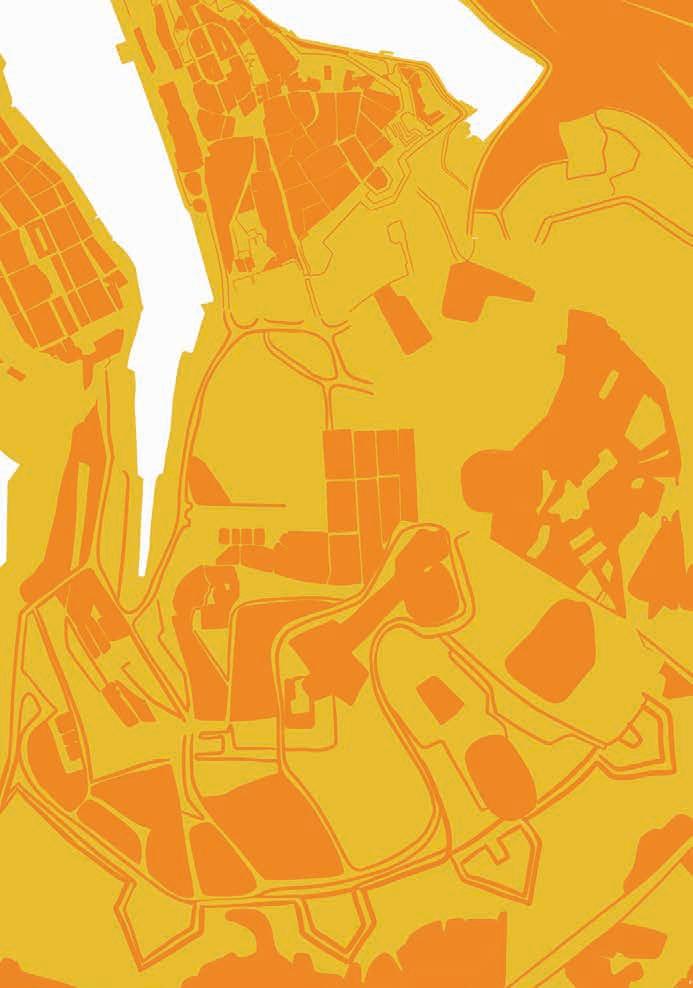
St Helen’s Gate or La Porta dei Mortari is the main gate of Bormla (also known as Cospicua). It was designed in the Baroque style by architect François de Mondion. Built by the Knights of St John, it is part of the Santa Margherita Lines.

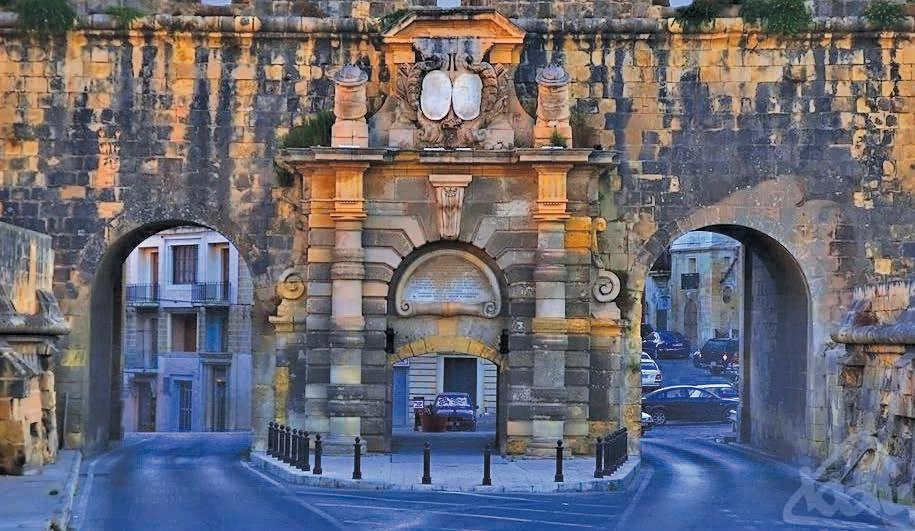
Learn more about St Helen’s Gate here
THE GATE ONCE HAD A DRAWBRIDGE AND TWO ROOMS FOR SENTRIES GUARDING THE ENTRANCE. THESE WERE LATER REMOVED TO CREATE SPACE FOR THE PRESENT CAR ACCESS AND EXIT POINTS. THE CENTRAL DOOR WAS ALSO HIGHER IN THE PAST THAN IT IS TODAY.
Hidden beneath an apartment block, this Troglodytic (rock hewn) Church is about two and a half floors below street level. Its exact construction date is unknown, but it’s been there for centuries. When the Santa Margherita Lines were built, the valley leading to the Church was filled in to create a road, burying its entrance. Forgotten over time, it was rediscovered after the Second World War.
Draw a quick sketch of the Church door.
Learn more about the Troglodytic Church here

The monument of the ‘Immaculate Conception’, located in the old docklands, celebrates the centenary anniversary of the crowning of Bormla’s patron. Unveiled on 19 June 2005, the gold Madonna monument is the work of marmist Ronald Pisani, sculptor Joe Chetcuti, and gilder John Pace, and was overseen by architect Joseph Cassar. Standing proudly in one of the city’s main squares, it reflects the deep love the people of Bormla have for their patron.
Make your way to the front elevation of St Helen’s Gate where this trail begins.
A Latin plaque on the façade provides details about its construction.
1a. Find the year in Roman numerals and complete it:
1b. Convert it to modern numbers: (Hint: M=1000, D=500, C=100, X=10, V=5)

Pass through St Helen’s Gate and walk for a further 50 metres down Triq l-Inkurunazzjoni until you come across a door that has a plaque with Latin writing on your right.
2a. Secret Spot: What colour is the door?
2b. How many crosses are on the door? 2
3

LOCAL LEGEND SAYS THAT A HIDDEN TUNNEL WITHIN THE CHURCH WALLS STRETCHES ALL THE WAY TO MARSAXLOKK. FACT OR FICTION?
Keep walking down Triq l-Inkurunazzjoni and turn right into Triq ix-Xatt ta’ Bormla on your right. Cross the road to Gavino Gulia Square.
3. When is the feast day of l-Immakulata Kunċizzjoni celebrated?
The War Victims Monument , created by Michael Camilleri Cauchi, was inaugurated on 19 November 1994 to mark the pilgrimage from Birkirkara to Bormla, held at the end of the Second World War, when the statue and the main altar piece of the Immaculate Conception were returned to Bormla. The monument stands in front of the church at Bormla Wharf.
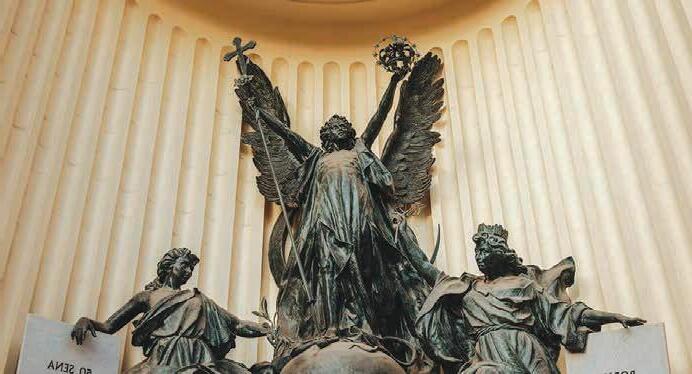
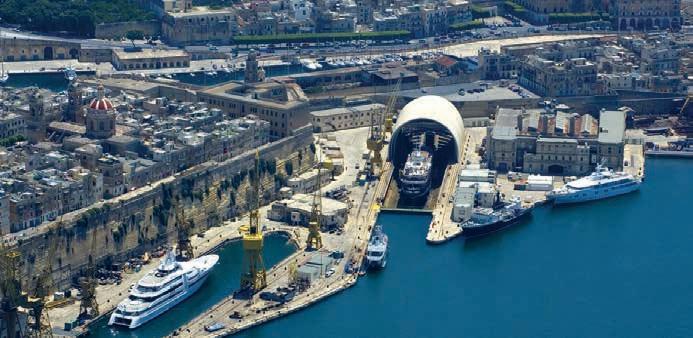
During the Knights’ Period, this area was known as Il Porto Delle Galere. Towards the middle of the 19th century, the British built a dock at its inner section. The first stone was laid on 28 June 1844, and the dock was inaugurated on 5 September 1848.

Learn more about the Dockyard here

FUN FACT!
THE FIRST ROYAL NAVY SHIP TO BE REFITTED IN THE NEW DRYDOCK WAS HMS ANTELOPE. A FEW YEARS LATER, THIS DOCK (NO. 1) WAS ENLARGED TO FORM A DOUBLE DOCK.
The Church’s two belfries hold six bells, with the largest one crafted in 1895 by local founder Giulio Cauchi from Bormla. The left tower has a clock made by Mikelanġ Sapiano in 1893, costing £60 at the time.


Learn more about the Parish Church here FUN FACT!
DESPITE HEAVY BOMBINGS DURING THE SECOND WORLD WAR, THE PARISH CHURCH MIRACULOUSLY REMAINED UNDAMAGED.
4
Walk along Triq ix-Xatt ta’ Bormla until you come to a monument at the centre of the flights of steps leading up to the main church.
Bormla’s coat of arms is that of Grand Master Nicolás Cotoner (1663-1680)
4. What is the plant in the bronze shield? Circle the right answer: i. A rose ii. A cotton bud iii. A poppy
5
Walk up the steps on either side of the monument. Look down below from the balustrades in front of the statue.
5. This dock, in front of the American University of Malta, was the first cofferdam to be built in Malta. What is the function of a drydock?
6
6a. How many sections is the façade divided into?_____
6b. To whom is this church dedicated? (Hint: We’ve mentioned her already)
On Saturday, 26 May 1990, an important visitor came to this city and passed by the Parish Church of Bormla. He was a well-known and much-loved, influential figure at the time. A large plaque close by commemorates his visit.

The statue in front of the church was sculpted in marble from Carrara, Italy, on the design of the Bormla artist Abraham (Abram) Gatt .
During the Second World War, Abram’s house in Bormla was destroyed along with several of his designs and paintings. He died in 1944 in Ħaż-Żebbuġ where he had gone to live as a war refugee.

Learn more about Abram here
If you were the Michelangelo of Bormla, what would you like to sculpt and leave behind to inspire future generations?
This is one of the oldest parts of Bormla. Be prepared for a bit of an uphill walk past old palaces and tightly packed residences featuring traditional Maltese balconies.
Learn more about the Oratory of the Holy Crucifix here:

7a. Can you guess who this person was? ______ ______ ______ ___
Hint: He was dressed all in white.
7b. What was the name he was given at birth? __________ ___________
Hint: You will find it written opposite the Oratory in step 9. 7
8
Near the Parish Church, below an interesting balcony, you will find the bust of a sculptor.
8. When was Abram Gatt born? ________________
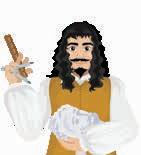
9
Walk up Triq l-Oratorju, one of the narrow lanes that runs up along the left side of the Parish Church, until you come to the Oratory of the Holy Crucifix.

9. Which statue do you encounter on the corner of the Oratory?
Hint: In Maltese, we refer to this statue as ‘id-Duluri’
Born in Bormla and the son of Joseph and Giovanna née Farrugia, Rikkardu was a prolific author, poet and teacher. He was well-known for his satirical newspaper Ġaħan, which made fun of public figures and private individuals by means of articles, jokes, poems and dialogues.
RIKKARDU’S SATIRES OFTEN GOT HIM INTO TROUBLE. HE WAS ONCE BEATEN UP BADLY NEAR THE OLD MARKET OF BORMLA FOR REPRESENTING THE DEVIL REACHING AND FEEDING ON THE FIGURE OF REVEREND LORENZO VELLA, WHO HAD JUST DIED. RIKKARDU DENIED THIS AND HIS ASSAILANTS WERE FINED AND BRIEFLY IMPRISONED.

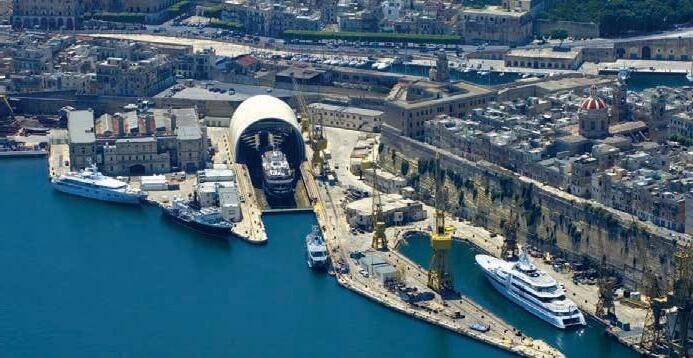
When the British arrived in Malta, they found the Kottonera and Santa Margherita Lines—two defensive walls built by the Knights— unfinished, with a large gap between them. To secure this area, Colonel Harding proposed the reconfiguration of part of the Santa Margherita Lines into a fortress. Construction was completed in 1856 and the fort was named Verdala.
Design your own coat of arms
THE BASTION BETWEEN THE LAST TWO BLOCKS OF GOVERNMENT FLATS AT THE END OF TRIQ RIKKARDU TAYLOR ON YOUR RIGHT IS POCKMARKED FROM THE SECOND WORLD WAR ENEMY SHRAPNEL.
Built in 1674 during Grand Master Nicolás Cotoner’s rule, the milling complex operated until 1916. In 2010, the then surviving machinery was moved to the Xarolla Mill in Żurrieq. Initially, it may have ground charcoal due to its proximity to gunpowder magazines, but by the 1800s, it was used for grinding wheat. Under the British, miller Carmelo Bonavia from Naxxar leased the mills for 100 years, and Bormla residents relied on Santa Margherita Windmill to grind grain.
At the top of the stairs, keep walking along Triq l-Oratorju, which has now become a road, and take the third right into the narrow Triq il-Kampnar. At the fork, turn right and ascend the stairs or ramp on your left. When you exit this lane, you will find yourself on Triq Rikkardu Taylor.
10a. In which year did Rikkardu Taylor die? _________________
10b. What is the name of the school in this street on your right?
At the top of the road, turn left into Triq Alessandra Hubbarb. Cross the road to view the entrance to Fort Verdala.
11a. What is written beneath the royal coat of arms above the door?
(Hint: The English translation is: ‘God and my right‘)
11b. What do the initials ‘VR’ stand for?
Exiting Fort Verdala, turn right and cross the road again. Keep walking along Triq Alessandra Hubbarb and turn into Triq il-Mitħna on your left. Near the end of the street, on the Santa Margherita Lines, stands the Santa Margherita Windmill.
12. Which fortification walls were built first? Circle the right answer: i. Cottonera Lines ii. Victoria Lines iii. Santa Margherita Lines
Erin Serracino Inglott was a Maltese lexicographer, playwright, poet, novelist and short story writer. Born in Isla, he held various roles, including assistant director of public lotto, chief librarian at the National Library, and director of civil prisons. In 1951, he became the private secretary to Prime Minister Dr Enrico Mizzi.
What is the Maltese word for ‘writer’?


Learn more about Erin Serracino Inglott here
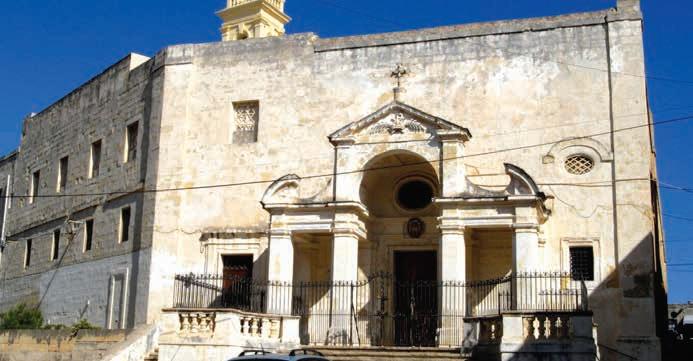
Construction of the Monastery began in 1726. It later took the name of the nearby Church, becoming the Monastery of Santa Margherita. The Church, like the adjoining cloistered Monastery, has windows secured with iron gates—a common feature to maintain privacy.
Learn more about the Monastery of Santa Margherita here:
Luckily, in this square, many houses were untouched during the Second World War. Some of them were home to wellknown figures in academics, politics, and public life.

Imagine you are one of these historical figures—what would you say about life in Bormla?
Turn left into Triq Erin Serracino Inglott.
13. What does a lexicographer do?

ERIN SERRACINO INGLOTT WAS THE FIRST MALTESE CHESS PLAYER TO REPRESENT MALTA ABROAD AT THE 1938 INTERNATIONAL CHESS TOURNAMENT IN BRIGHTON. HE COMPETED AGAINST FAMOUS PLAYERS LIKE MEISTER MIESES (1930) AND WORLD CHAMPION ALEXANDER ALEKHINE (1935).
Walk down Triq Erin Serracino Inglott, and you’ll find yourself in a small square named Misraħ Bormla, where there is a small Church and a Monastery.
14a. Which order of nuns resides here? _________________________
14b. The design of the church is the work of? Circle the right answer: i. Mattia Preti ii. Lorenzo Gafà iii. Romano Carapecchia

15. Write down the names of three people, who lived or still live here, who made a contribution to Maltese society.
Throughout the years, the Church has played a key role in supporting the poor and needy, opening conservatories and orphanages to provide shelter and education. In 1699, Laurica Agius founded a conservatory for poor girls in Bormla, and in 1810, a church was built for the conservatory on Triq San Ġorġ.
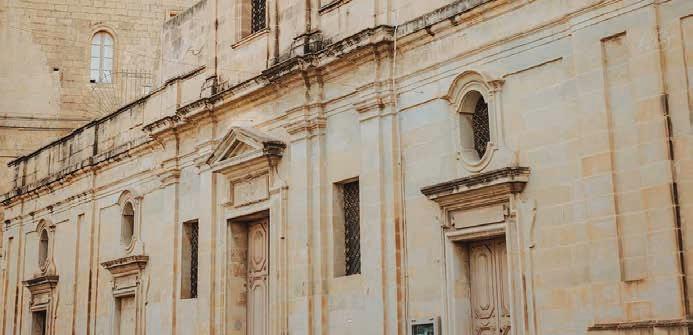

Learn more about the conservatory here
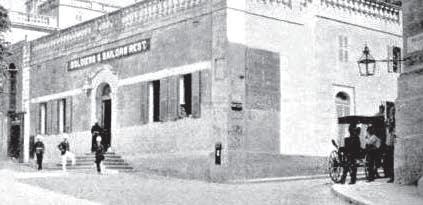
Originally named The Soldiers’ and Sailors’ Rest, this building provided a space for military servicemen to relax without turning to bars and alcohol. During the First World War, it was converted into a small hospital for wounded soldiers and later served as the home of St George’s Football Club.
Create a short song or rhyme about what this building was used for in the past.
In 1980, the Nuns of St Joseph of the Apparition and the children in their care moved to an institute in Żabbar due to unsafe roofs, so the conservatory was closed. Between the late 20th and early 21st centuries, the conservatory was renovated, and a Home for the Elderly was built nearby.
Keep walking down Triq Serracino Inglott to explore more lanes. Our trail, however, continues by turning right into Triq San Gorġ. Walk to the end of that street until you find a Church.
16a. To whom is the Church dedicated?
16b. Name two artists who have their works in this Church.
17. What is the building being used for today? 17
Right opposite you is an open space known as ‘ix-Xgħajra ta’ Bormla’, and on your right, on Triq il-Ġublew tal-Fidda, a building that was previously known as ‘The Rest’.
Walk left down Triq il-Ġublew tal-Fidda towards the seafront. Next to the conservatory, you will pass a Home for the Elderly.

18. When was the first stone of the Home for the Elderly laid?


The land for this Church and Friary was donated by Bishop Baldassare Cagliares (1615-1633) and his family. The church is believed to be the first in the world dedicated to St Teresa of Avila. For many years, the Friary served as an International Missionary College for Teresian Friars from different countries, where they trained and studied Semitic languages before being sent on missions.
Learn more about the Church and Convent here:
Dominic Mintoff, a charismatic and influential leader from Bormla, was known for his strong personality. Serving in four legislatures as a Prime Minister and spending 47 years in the Maltese Parliament, he played a key role in introducing major social welfare reforms.
Mintoff was an impassioned orator. Watch a video of him giving a speech and give your best Mintoff impersonation next to this statue.



Learn more about Dominic Mintoff here
The Band Club was officially established in 1862, and it was originally named La Banda dei Cospicuani; it was later renamed to its current title when Marquis Giorgio Crispo Barbaro became its first president.
Descend the stairs next to the Primary School of Bormla on your left, and you will see the Church of Santa Teresa of Avila and the Friary of the Discalced Carmelites.
19a. Look at the façade of the Friary and find the date when it was built. _____________
The Discalced Carmelites are known for their simple lifestyle and dedication to prayer.
19b. What does the word Discalced mean? Circle the right answer: i. Barefoot ii. Devoted iii. Wandering

Keep on walking straight ahead to Paolino Vassallo Square where there is a monument dedicated to Prime Minister Dominic Mintoff.
20. Write down the name of the artist who created this sculpture
21. What is the name of the band whose club is behind this monument?
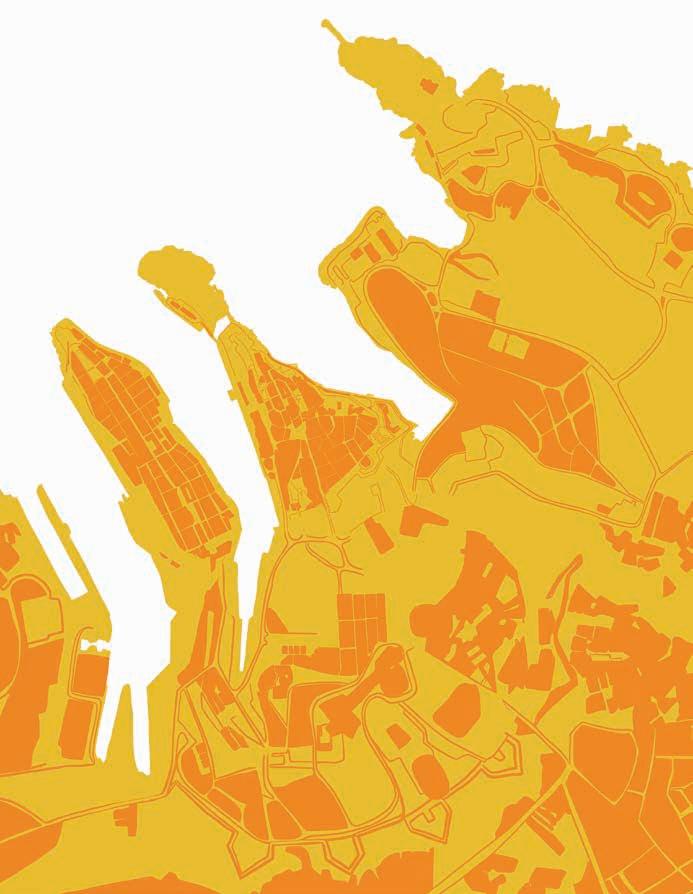

Experience Kottonera—Malta’s historic maritime heart—through four engaging heritage trails, perfect for all ages, whether as a fun family outing or a solo adventure. For centuries, the fortified towns of Isla, Bormla, Birgu, and Kalkara have stood strong, shaped by Knights, sailors, and shipbuilders who met many cultures in these bustling creeks.
Step into history with the Isla Trail (1), where mighty ramparts, maritime legends, and a miraculous statue tell the story of the undefeated city. Continue to Bormla (2), winding through medieval alleyways, windmills, and churches that have survived wars and reinvention. Walk through Birgu (3), the Knights’ first stronghold, exploring grand palaces, hidden gates, and sites of heroic defiance during the Great Siege of 1565. End with the Kalkara Trail (4), a scenic route past sentinel forts, historic cemeteries, and film-set locations in this charming coastal village.
Follow the Tales of Kottonera characters, uncover clues, scan QR codes, crack fun challenges, and unlock the secrets of these exciting neighbourhoods.
History, adventure, and discovery await—are you ready to explore?





Walk into Bormla’s fascinating past with this immersive heritage trail. Follow the Tales of Kottonera characters through 21 exciting stops – up narrow streets, past windmills, monasteries, and a golden Madonna. Uncover clues, solve fun challenges and scan QR codes to encounter charismatic leaders. Encircled by the Santa Margherita Lines, this ancient Phoenician port and home to Malta’s first drydock was blitzed but not beaten in two epic sieges.
Ready to explore Bormla’s legends? Let the adventure begin!
